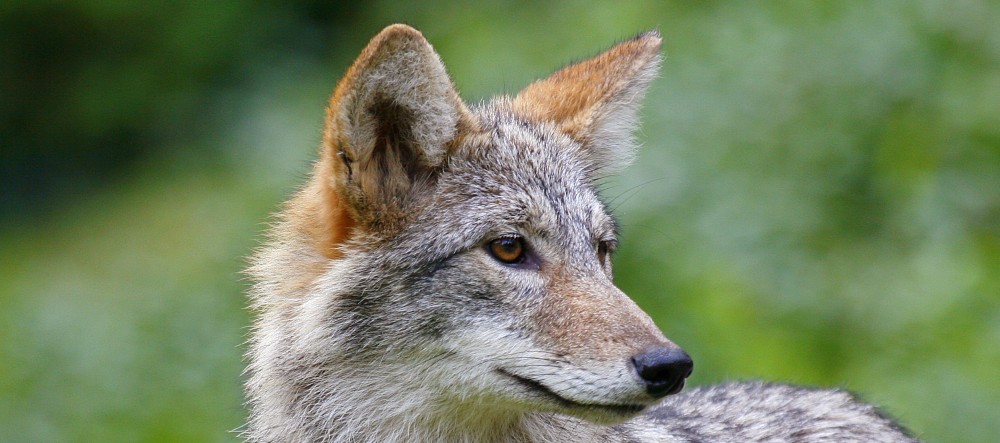Our friend, Steve, raises some important questions about who and what is honored in the North American Wildlife Conservation Model designed for all wildlife and for all people. Take note!
While we appreciate what true sportsman did for wildlife conservation, significant excise tax from guns and ammo also comes from many guns purchased for personal protection such as handguns, or target shooting. In contrast, there is no excise tax on traps.
“The North American Wildlife Conservation Model
The North American Wildlife Conservation Model is the only one of its kind in the world. In the mid-1800’s hunters and anglers realized they needed to set limits in order to protect rapidly disappearing wildlife, and assume responsibility for managing wild habitats. Hunters and anglers were among the first to crusade for wildlife protection and remain some of today’s most important conservation leaders.
History
As early settlers made their way West, North America’s wildlife populations diminished due to market-hunting and habitat loss. Many species were on the brink of extinction. Elk, bison, bighorn sheep, black bears—even whitetail deer—had all but disappeared across the country. Hunters and anglers realized they needed to set limits in order to protect what they loved and assume responsibility for the stewardship of our natural resources.
Hunters like Theodore Roosevelt and George Bird Grinnell rallied fellow sportsmen. They pushed for hunting regulations and established conservation groups to protect habitat.
Basic Principles
Their efforts are the backbone of the North American Wildlife Conservation Model. The model has two basic principles – that our fish and wildlife belong to all Americans, and that they need to be managed in a way that their populations will be sustained forever.
The principles of the North American Wildlife Conservation Model are explained more fully through a set of guidelines known as the Seven Sisters for Conservation.
Sister #1 – Wildlife is Held in the Public Trust
In North American, natural resources and wildlife on public lands are managed by government agencies to ensure that current and future generations always have wildlife and wild places to enjoy.
Sister #2 – Prohibition on Commerce of Dead Wildlife
Commercial hunting and the sale of wildlife is prohibited to ensure the sustainability of wildlife populations.
Sister #3 – Democratic Rule of Law
Hunting and fishing laws are created through the public process where everyone has the opportunity and responsibility to develop systems of wildlife conservation and use.
Sister #4 – Hunting Opportunity for All
Every citizen has an opportunity, under the law, to hunt and fish in the United States and Canada.
Sister #5 – Non-Frivolous Use
In North America, individuals may legally kill certain wild animals under strict guidelines for food and fur, self-defense and property protection. Laws restrict against the casual killing of wildlife merely for antlers, horns or feathers.
Sister #6 – International Resources
Wildlife and fish migrate freely across boundaries between states, provinces and countries. Working together, the United States and Canada jointly coordinate wildlife and habitat management strategies. The Migratory Bird Treaty Act of 1918 demonstrates this cooperation between countries to protect wildlife. The Act made it illegal to capture or kill migratory birds, except as allowed by specific hunting regulations.
Sister #7 – Scientific Management
Sound science is essential to managing and sustaining North America’s wildlife and habitats.
Wildlife Funding
Hunters also recognized the need for a significant and sustainable source of funding for wildlife stewardship. In 1937, sportsmen successfully lobbied Congress to pass the Pittman-Robertson Wildlife Restoration Act, which put an excise tax on the sale of all sporting arms and ammunition. This was followed in 1950 by the Dingell-Johnson Act, which placed a similar tax on fishing equipment. Today, every time you buy hunting and fishing gear, you contribute to this fund. It generates upwards of 700 million dollars every year. This money has been used far and wide to conserve America’s key wildlife habitat. When you combine funding from the excise tax with the state license and tag sales sportsmen pay each year, it constitutes the majority of funding for wildlife in North America. It’s not just funding for huntable wildlife, but for ALL wildlife.
( Source: Rocky Mountain Elk Foundation)







